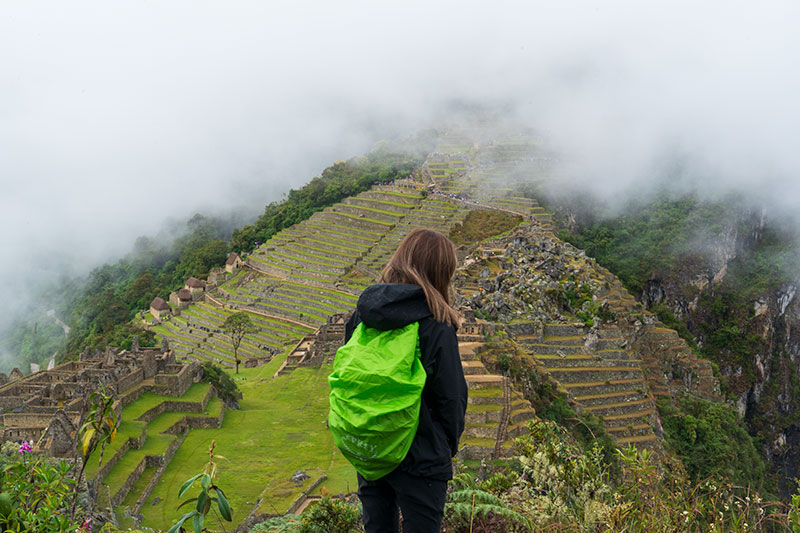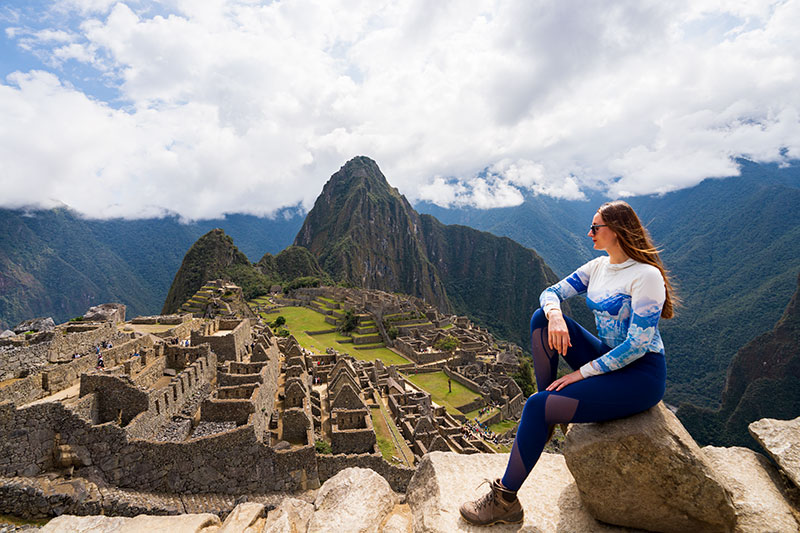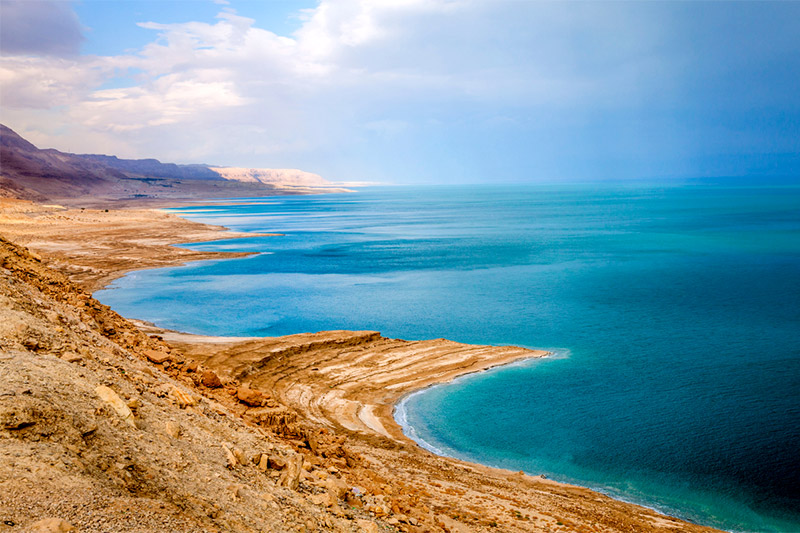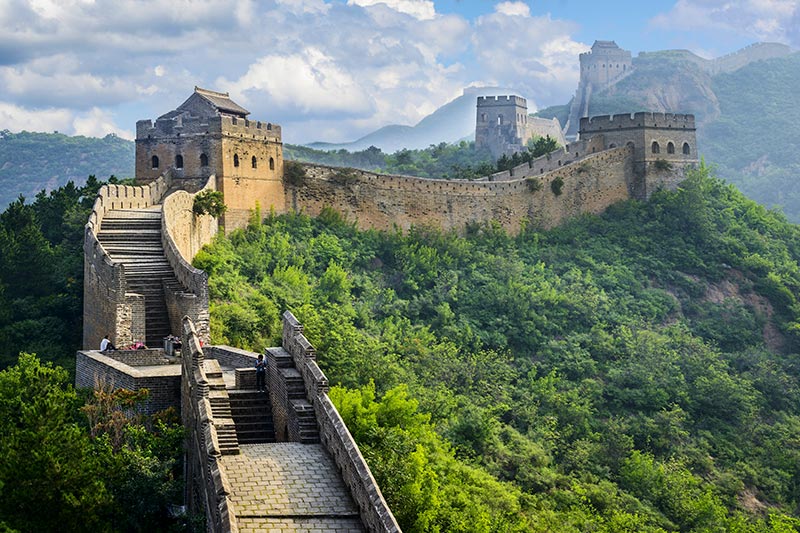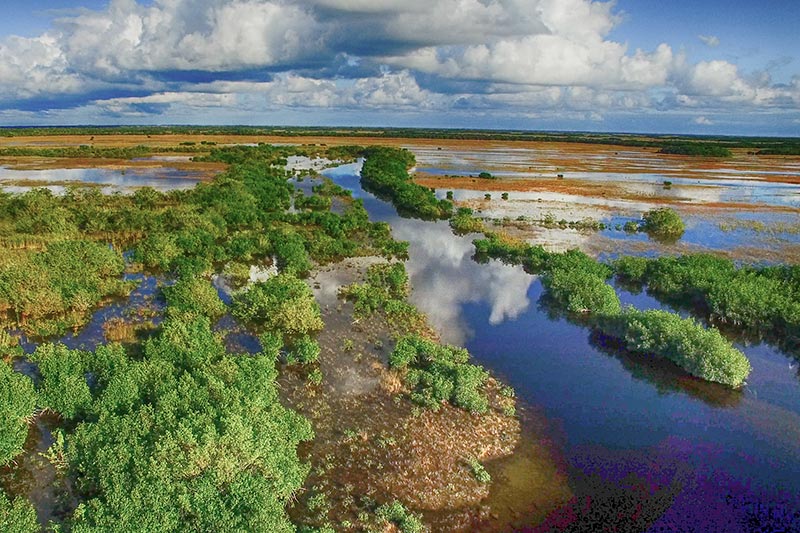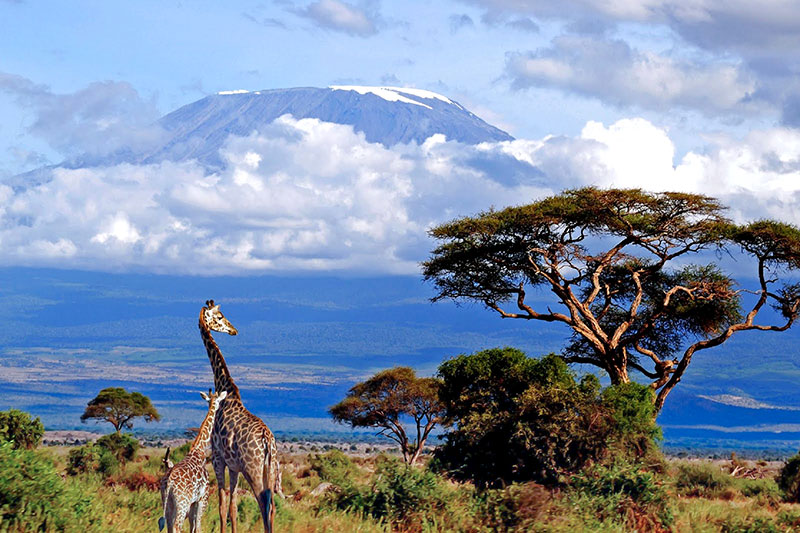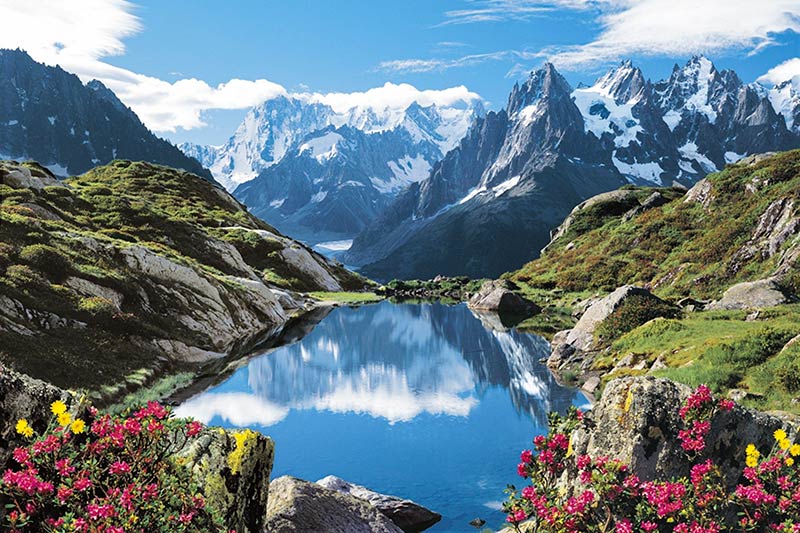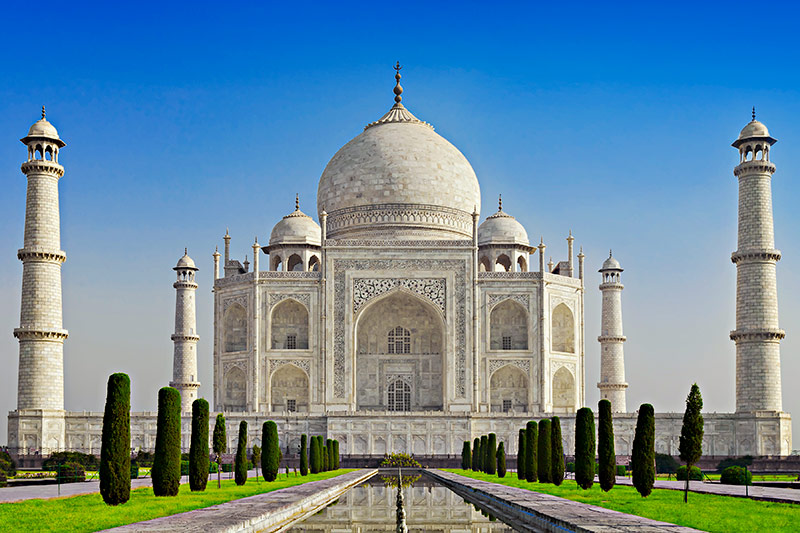Machu Picchu and other endangered places in the world
Machu Picchu is one of the most visited places in the world. However, it is also one of the most endangered tourist attractions, due to the amount of tourists it receives. The same happens in other amazing places in the world, such as the Everglades in the United States, the Taj Mahal in India, the Great Wall in China, and more. Get to know the tourist attractions of the planet that are in danger, due to climatic causes or because of the large number of visitors they receive.
- Machu Picchu in Peru
- The Dead Sea in Israel
- The Great Wall in China
- The Everglades in the United States
- Mount Kilimanjaro in Tanzania
- Le Mont Blanc in France
- Taj Mahal in India
Endangered tourist attractions in the world
Machu Picchu receives about 1.5 million tourists each year. This number, unfortunately, endangers the Inca citadel. For this reason, rules were imposed on the entrance hours and circuits within the archaeological site. The same happens in other very popular tourist attractions in the world, such as the Dead Sea in Israel, the Great Wall in China, the Everglades in the United States, Mount Kilimanjaro in Tanzania, Mont Blanc in France, or the Taj Mahal in India. The authorities of each country seek to better organize the number of visits to protect their incredible constructions for eternity.
Machu Picchu in Peru
- Machu Picchu was declared a World Heritage Site in 1983, since then it has received millions of people. This enormous number of visitors is causing great damage to the ancient Inca city.
- But these are not the only problems facing this wonder of the world; deforestation, uncontrolled urban development and its location in a highly seismic zone are also doing their part.
- This has led to a daily limit on the number of people who can buy Machu Picchu tickets and the limit of time they could stay in the 15th-century Inca city.
- On the other hand, the railway line that reaches the foot of the mountain where it is built is causing more and more damage.
- However, it is not all bad news. The authorities seek to protect Machu Picchu for posterity. This is through rules regarding visiting hours (4 hours maximum) and established tourist circuits (circuits 1, 2, 3, or 4).
The Dead Sea in Israel
- The saltwater of the Dead Sea is known for its healing properties; however, many cosmetic and therapeutic treatment corporations take water from it (and from the Jordan River).
- It is estimated that in the next 50 years, with the surface level dropping by more than one meter each year and the percentage that goes for the consumption of nearby communities, it could end up evaporating.
- The first measurements of the decline were recorded in 1927. Unfortunately, climate change has also increased evaporation. The highest temperatures recorded in recent years reached 49ºC.
The Great Wall in China
- Construction of the wall began in the third century B.C., and more than 6,300 kilometers were built during the Ming dynasty, between 1368 and 1644.
- Many parts of the construction have simply stood the test of time, but the vegetation growing on its walls and natural erosion have accelerated the deterioration of the walls and caused enormous havoc to this incredible architectural work.
- However, the Great Wall of China has also suffered greatly from people and authorities damaging the wall with graffiti. Bricks with historical engravings are sold outside the wall.
- It is estimated that more than one-third of the Great Wall has disappeared.
The Everglades in the United States
- The site received national park status in 1947, but even this has failed to protect its delicate ecosystem.
- The site is one of the most endangered areas in the U.S. It was known by the Spanish as Cañaveral de La Florida; however, the Spanish translation of Everglades could be “eternal marshes”.
- However, far from the meaning of its name, in the last 60 years, the Everglades have been reduced to half their size due to agricultural development caused by the growth of surrounding cities and could disappear within the next 100 years.
- Rising sea levels have introduced saltwater into freshwater areas with devastating results for the local wildlife, which have been unable to adapt to their new environment.
Mount Kilimanjaro in Tanzania
- Mount Kilimanjaro, Africa’s highest mountain peak, is known for the iconic ice cap atop its summit, even though, unfortunately, it is shrinking at an accelerating rate.
- Due to climate change, 85 percent of glacial ice has shrunk since the early 1900s according to a NASA report, and is predicted to disappear completely by 2033.
- The glaciers, believed to be 10,000 years old, lost about 4 million cubic meters of ice in the last 13 years. Because of these numbers, it is to be expected that, at a certain point, we will have to come to terms with the idea of an ice-free Kilimanjaro.
- Unfortunately, the snow-capped peaks of other important mountains such as Rwenzori in Africa, Mount Kenya, Huascaran in Peru, and more, are also shrinking year by year.
Le Mont Blanc in France
- Glacier melting in the French Alps has caused them to lose 5 meters of snow every year for the last 30 years, due to the effects of the excessive temperature rise caused by climate change caused by pollution.
- But the most alarming predictions indicate that the glaciers will disappear completely by 2050 if the earth’s temperature increases at the current rate.
- Studies show that the melting of Mont Blanc is relatively stable, above 3,800 meters, but below that, it is melting faster.
- The Brenva glacier on the Italian side of the Alps loses about 12 meters of ice each year; the Mer de Glace in Chamonix, 4 to 5 m per year on average; and ice sheets in general are considerably thinner.
- It is estimated that by 2050 the alpine glaciers will eventually disappear, due to the effects of climate change. Mont Blanc itself has shrunk by more than 45 cm in recent years.
Taj Mahal in India
- The nearly 400-year-old Taj Mahal is also showing the deterioration caused by the passage of time.
- This led the authorities to ban vehicles from the area in an attempt to reduce the pollution that can be seen reflected in the main facade, which is losing its pearly luster due to acid rain.
- Air pollution and the huge number of tourists arriving each year can be seen reflected in the marble walls and floors where thousands of visitors pass through.
- But that’s not all, the wooden bases of the building have also been affected by the falling water levels of the polluted Yamuna River.
We can help you make your trip to Machu Picchu a reality right now, just write to us at info@boletomachupicchu.com.
Advice from people who have been there
 By: Elodie G
By: Elodie G“They were very kind“
“They were very kind and solved our doubts all the time and very fast. Our guide from Cusco (thank you Josee!!!) knew what she was doing, I highly recommend this agency.“
By Ticket Machu Picchu – Last updated, August 15, 2024
